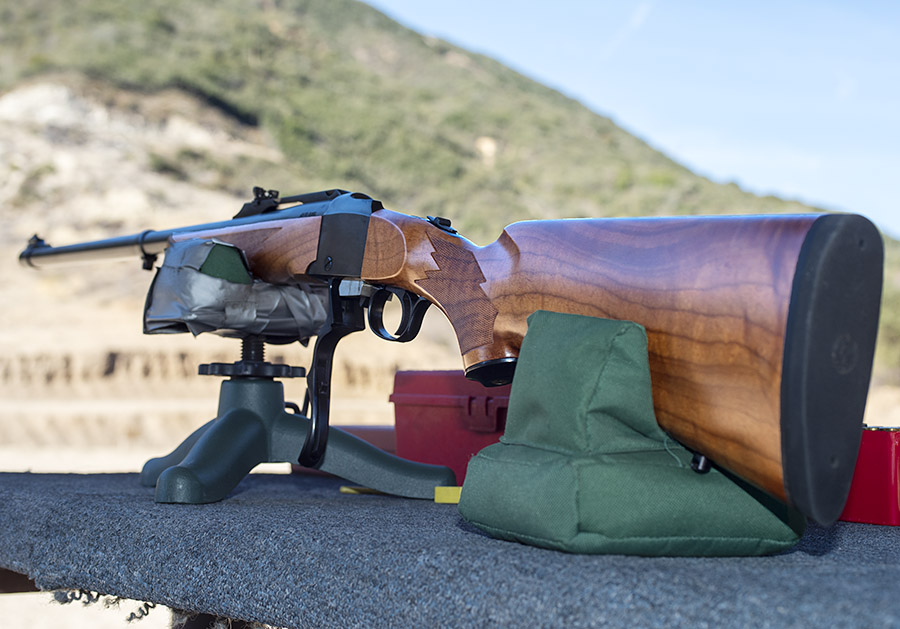The 45 70 is a cartridge that’s been around since 1873, and it’s a whopper. Its designation was originally the 45 70 500 (a .45 caliber, 500 grain bullet, packed with 70 grains of powder). It was an Army cartridge used in the 1873 Springfield rifle, and the recoil was fierce enough that Uncle Sam soon cut the bullet weight to 405 grains. The cartridge was also used in Sharps and other rifles, and the early Gatling guns.
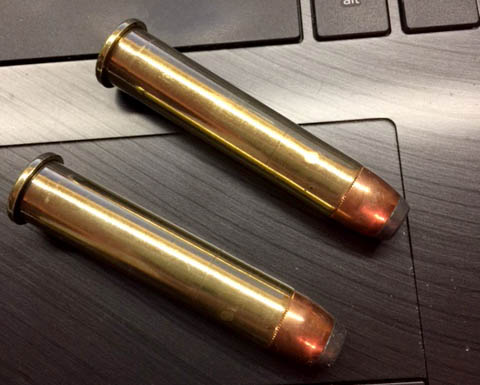
After the Army went to the 30 06 cartridge (in, of course, 1906), the 45 70 just about went belly up. But then Ruger re-introduced the 45 70 in their No. 1 single shot rifle in the early 1970s, and Marlin reintroduced their 1895 rifle shortly after that. The fun started all over again. That’s when I got in the game (back in the 1970s), and I’ve been happily sending those big .45 slugs downrange ever since.
I’m a big fan of the 45 70 and I’ve been told I’m a bad influence, as I’ve had several friends buy 45 70 rifles after hanging around me. It’s been fun, especially reloading the 45 70 and comparing recipes (more on that in a second).
As mentioned above, the Ruger No. 1 was the first of the modern rifles chambered in 45 70, and it’s a beautiful firearm. The Ruger No. 3 was an economy version of the No. 1 that Ruger only made for a few years. The No. 3 rifles were substantially less than a No. 1 when new, but because they’ve been discontinued, No. 3 rifles often sell for as much as a No. 1 (and sometimes more). The Marlin is less than either Ruger, but don’t confuse price with quality (or fun). The Marlin is a hoot to shoot, too.


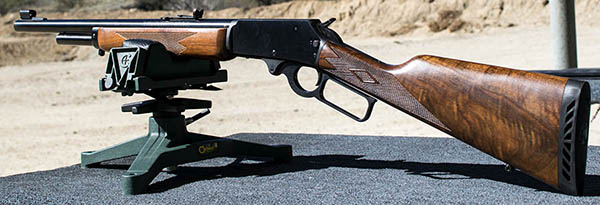
I mentioned that my several of my friends now have 45 70 rifles, and we all reload 45 70 ammo. The idea is that we want to find the most accurate load for our rifles, and every rifle (even the same model) has its preferences. No two guns shoot the same.
Here’s where all this going. One of my buddies tested a load that looked promising in his 45 70 (a load using Trail Boss gunpowder with a 300 grain jacketed hollow point bullet), so I tried his load along with one other, all in the above three rifles, to see how they would do.
I shot at two targets for this test (a standard silhouette target and a 5-bullseye target). I shot each rifle at the silhouette’s orange center first (my aim point) because I didn’t know where the rounds would hit and I wanted to make sure I was on paper. Then I shot a second group from each rifle at the bullseye targets. I shot 3-shot groups except for one, as noted in my results in the table below. Note that all targets were fired at a distance of 50 yards.
First, the targets…
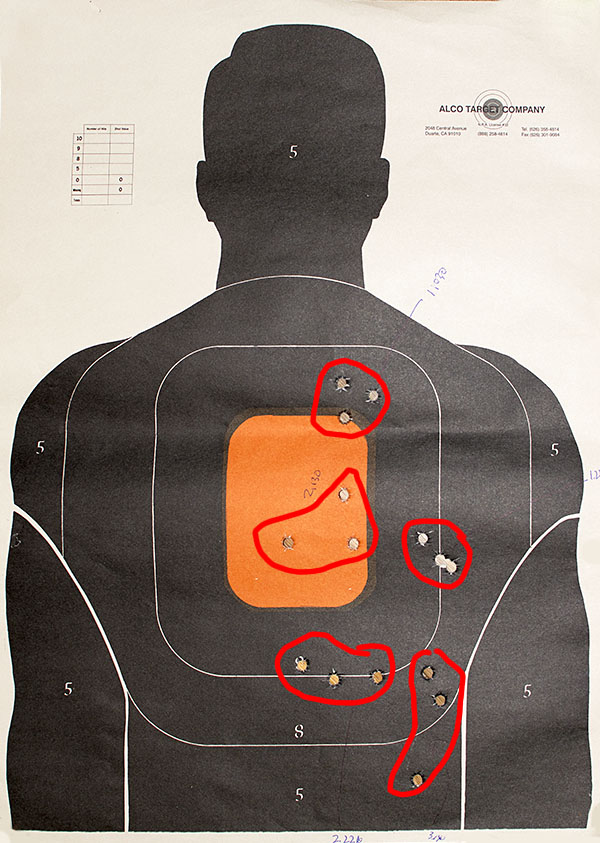
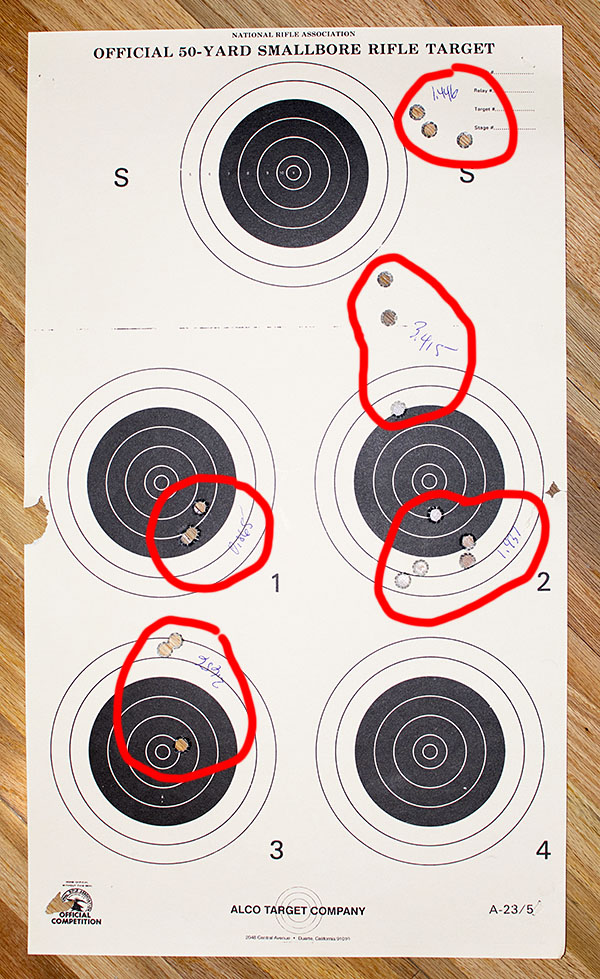
And finally, my tabulated results….

The Ruger No. 1 really liked that 16.2 grain Trail Boss load (it was my buddie’s favored load). It delivered a 1-inch group. This load was also good in the Marlin, but not nearly as good as others I have shot in that rifle (the Marlin shoots into 0.6-inch with the right load). The No. 3 Ruger seemed to like the 3031 powder load with the 300 grain jacketed hollow point bullets.
As I mentioned above, every rifle responds differently to a given load, and that’s what we try to find…the best load for the best rifle.
Want to see our other Tales of the Gun? Just click here!

